Filling The Lute Player’s Cracks, or, My Most Favoritest Tool I Ever Made (and another esoteric beauty that was purchased)

Since one of the critical components for conserving The Lute Player was filling several cracks with pigmented wax for cosmetic purposes, I spent a fair bit of time with my favorite tool I have ever made. Made from a scrap of vintage ivory I bought from David Warther, this combination spatula and scraper was made just for working wax, and made just for fitting my hand.
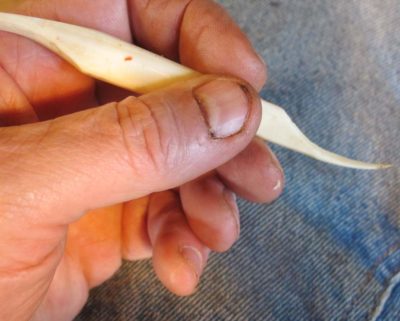
I made the tips as curved, one wide (~1/4″) and one narrow (~1/8″), and roughly triangular in cross section. The flat surface, on the outside of the curve, provides excellent material manipulation and flattening. The edges work magnificently at trimming wax fills.
I shaped the blades with files and sandpaper, then polished them sharp with 600grit sandpaper wrapped around a 1″ dowel. For maintenance I do the same with even finer sandpaper.
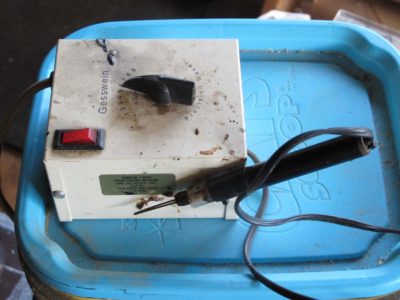
When it comes to making wax fills in cracks, my favorite tool is this variable-heat stylus that is made to use in assembling wax models for lost-wax metal casting. While I do use it for that purpose, I find I use it more often for melting wax for linear fills.
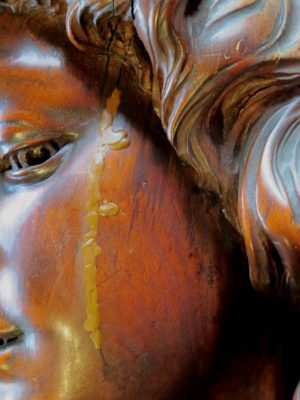
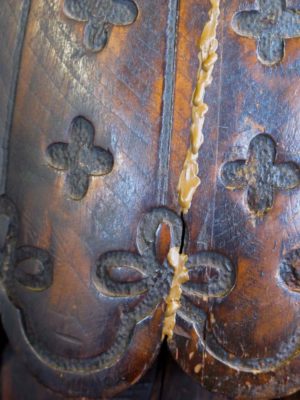
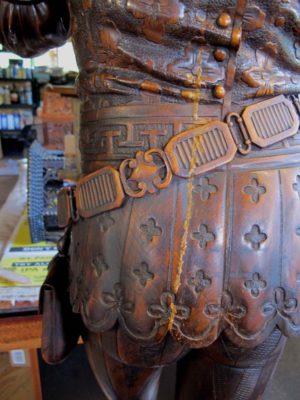
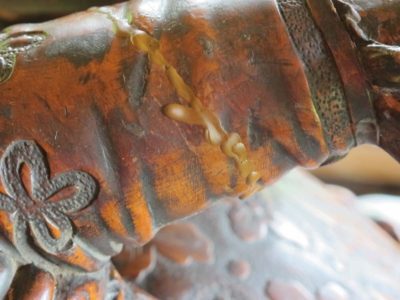
Using this tool I flow in an excess of usually pigmented wax into the crack.
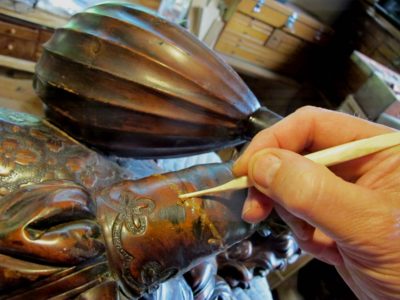
Then with my ivory tool I carefully scrape off the excess. The tool is so great that It rarely disturbs the material on either side of the fill.

Once the gross removal is complete I burnish the area with coarse weave linen to pick up any last little bit of the excess wax.
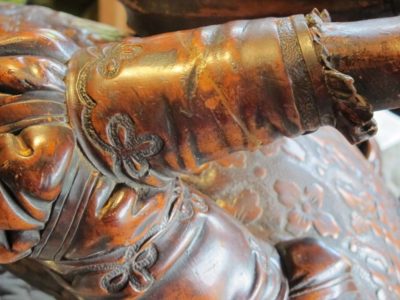

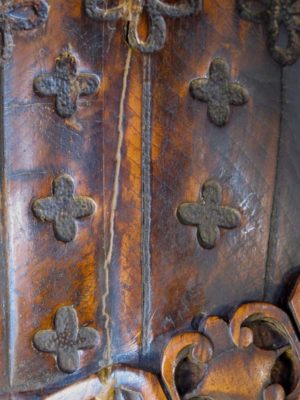
And with that the wax filling is complete and the surface is ready for inpainting and final toning.


Join the Conversation!